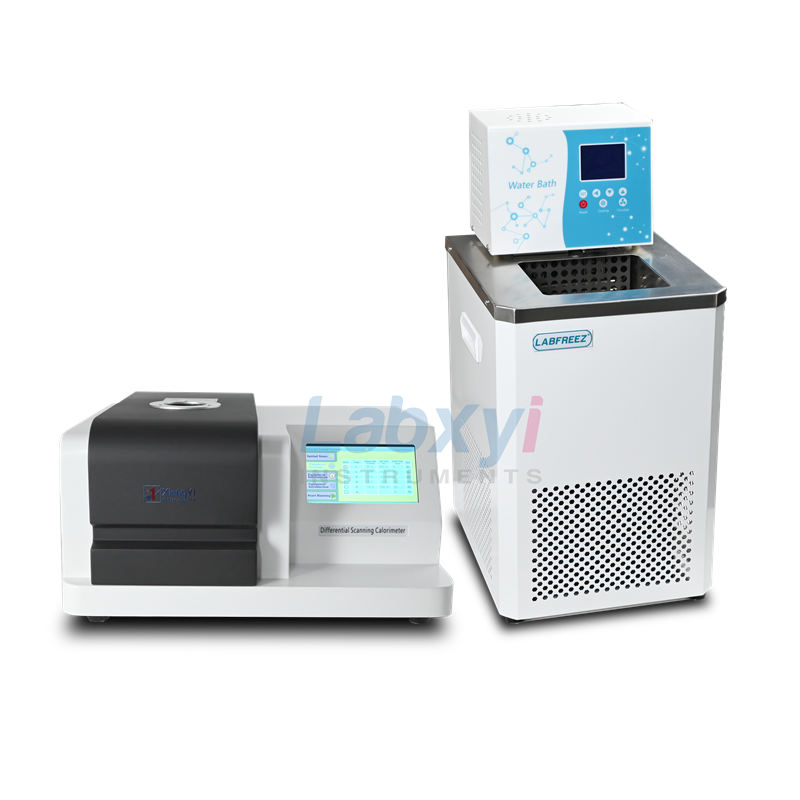1.Definition of degree of curing
Degree of cure is a measure of the degree to which a material changes from a liquid or plastic state to a solid or hardened state. The specific definition and measurement of degree of cure may vary in different fields, but they usually involve changes in the physical or chemical properties of the material. Here are some common definitions of degree of cure:
Chemical cure: In chemical reactions, especially the curing of polymers, the degree of cure refers to the percentage of chemical bonds formed between the reactant molecules. This is usually measured by the progress of the chemical reaction, for example, a fully reacted system has a 100% chemical cure.
Degree of heat cure: In heat-curing materials, the degree of cure can be expressed as the stage of cure the material reaches during heating. This is usually measured by thermal analysis techniques such as DSC (Differential Scanning Calorimetry), which is determined by analyzing the heat change of the material during heating.
2.Differential Scanning Calorimetry and Applications
Differential Scanning Calorimetry works by analyzing the thermal properties of a sample by measuring the difference in heat flow between a sample and a reference under a controlled temperature program.
.jpg)
Differential Scanning Calorimetry (DSC) is widely used in different fields such as plastics, rubber, coatings, adhesives, medicine, petrochemicals, etc. It is mainly used for qualitative and quantitative analysis of polymer materials. According to the DSC curve, a variety of thermodynamic and kinetic parameters can be determined, including melting point, glass transition temperature, crystallinity, melting heat, crystallization heat, purity, phase transition temperature, compatibility of different materials, specific heat capacity, reaction heat, transition heat, phase diagram, reaction rate, crystallization rate, crystallinity and sample purity.
3.Experimental steps and analysis
- Sample
Glue material
- Test equipment
The instrument used to measure the curing degree of the glue is the DSC3000C differential scanning calorimeter of Xiangyi Instruments Xiangtan Limited. It is a low-temperature differential scanning calorimeter with a temperature range of -40~600℃. It uses semiconductor refrigeration. Its advantages are fast cooling and high sensitivity. It is equipped with analysis software and can collect test spectra in real time for data analysis.

- Test methods
The first stage was to increase the temperature from 25°C to 270°C at a heating rate of 10°C/min;
The second stage was to increase the temperature from 270°C to 25°C at a cooling rate of 20°C/min;
In the third stage, the temperature was increased from 25°C to 270°C at a heating rate of 10°C/min.
Nitrogen was passed through at a flow rate of 50 mL/min.
.jpg)
- Test Graph
.jpg)
Original rubber test chart

Test spectrum of sample 1

Test spectrum of sample 3
- Test data analysis
| Sample No. | Curing heat release | Curing rate |
| Original Rubber | 128.58J/g | / |
| Sample 1 | 15.75J/g | 87.8% |
| Sample 2 | 10.55J/g | 91.8% |
Calculation of curing rate:
Curing rate = (enthalpy of original glue – enthalpy after curing) / enthalpy of original glue * 100%
- Test reference standards
GB/T 32369-2015 Determination of the degree of curing of sealants
